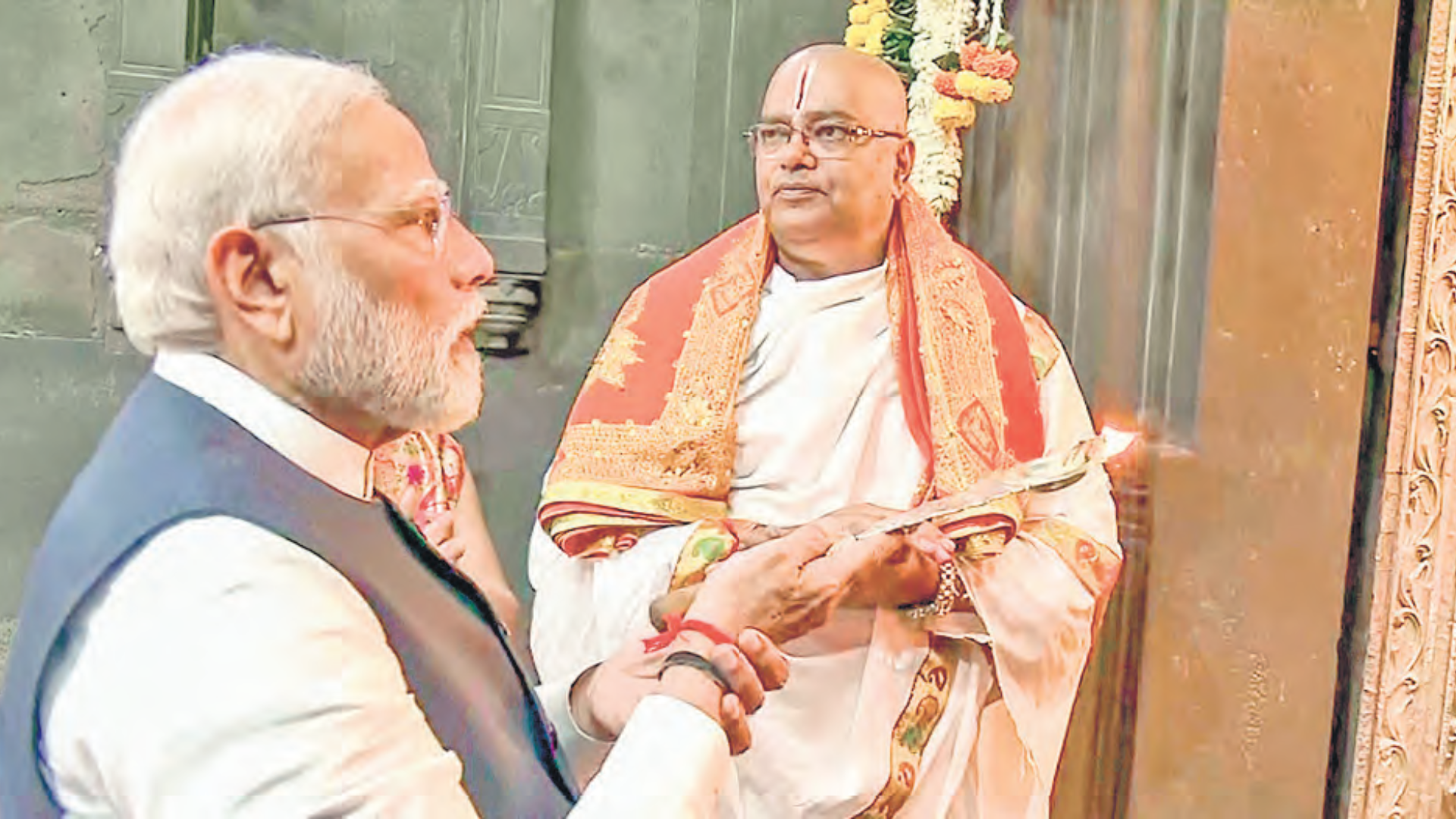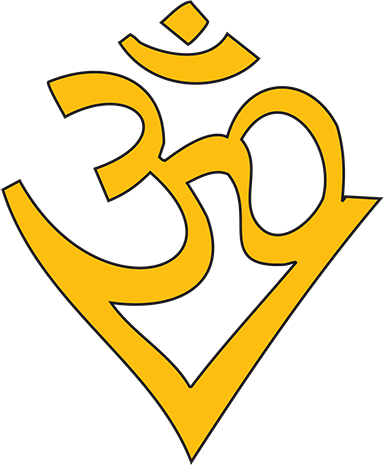
One India: Hinduism cements North with the South
opinion One India: Hinduism cements North with the South

Friday 12 January 2024
By Nitin Mehta
January 14, 2024
In the South, Krishna and Vishnu are called by different names.
To consolidate their occupation of India, the British pursued the cycle of divide and rule at every opportunity. One of the most destructive of these was the propagation of the idea that the Northern Aryans were different from the Southern Dravidians. We were taught that the Aryans had invaded from Europe and imposed its culture on the southern part of India. There is ample proof in our scriptures that Aryans were the original inhabitants of India that at one time covered a huge track of land including Afghanistan, Nepal, Tibet, Pakistan, Bangladesh and Myanmar.
For those with limited knowledge of our spiritual heritage think that people in the South follow Shaiva traditions and the people in the North follow Vaishnava traditions. In fact, the main Vaishnava schools of thought originated in South India. Ramanuja was born in 1017 in what is now Tamil Nadu. He propagated Vaishnavism, as did the Alwars. Madhavaharya born in 1238 in Karnataka also propagated Vaishnavism, as did Adi Shankara, who was born in 788 in Kerala. His famous poem, “Bhaja Govindam” urges everyone to worship Govinda or Krishna. Sanskrit remains the language of the Gods both in South and North India. In the South, Krishna and Vishnu are called by different names. Krishna is often called Parthsarthi in Tamil Nadu and also Kanan in the Tamil language. In Karnataka, Krishna is also known as Venugopala Swamy. In Kerala, Janmashtami, the birthday of Lord Krishna is celebrated in a big way. Most people observe a fast till midnight. The youngest member of the family is dressed as Krishna. The famous Padmanabhaswamy temple is dedicated to Lord Vishnu. Lord Ayyappa is the son of Hari or Vishnu and Haran (Shiva). Lord Venkateswara, also known as Balaji, is one of the 10 incarnations of Lord Vishnu. The Guruvayur temple in Kerala is known as the holy abode of Vishnu, also popularly known as Krishna. Lord Murugan, son of Parvati and Shiva and brother of Ganesha, is also known as Karthikeya. The greatest poet, saint and philosopher of Tamil Nadu, Thiruvalluvar (31 BC) in his book, “Thirukkural” does not mention Dravidian culture anywhere. The Ramayana story unfolds in South India with the kidnapping of Sita, killing of Jatayu by Ravana, the building of the bridge by the monkey army of Lord Rama and Lord Hanuman’s flight to Sri Lanka. Lord Rama did a Shiv puja before going to war against Ravana. On his return too he did a Shiv puja to atone for killing Ravana who was a Brahmana. Tens of thousands of devotees from the southern states visit the holy temple of Rameshwaram chanting, “Jai Shri Ram”. The famous Tirupati Balaji temple in Andhra Pradesh is dedicated to Lord Venakatswara, who is a form of Lord Vishnu. The famous dance forms of South India like Bharatanatyam invariably present Rama, Krishna and Shiva stories. The language controversy of imposing Hindi has been neutralised by Prime Minister Narendra Modi who has said that all languages of India are important and has laid out plans to promote regional languages. During my recent travels in South India I found there was no antipathy towards Hindi language and many did speak in Hindi. This is inevitable as people of India are increasingly moving to different states for work and business. In conclusion, North India and South India are cemented by Hinduism. Those who are trying to create a divide are bound to fail.
Nitin Mehta

Recent Comments